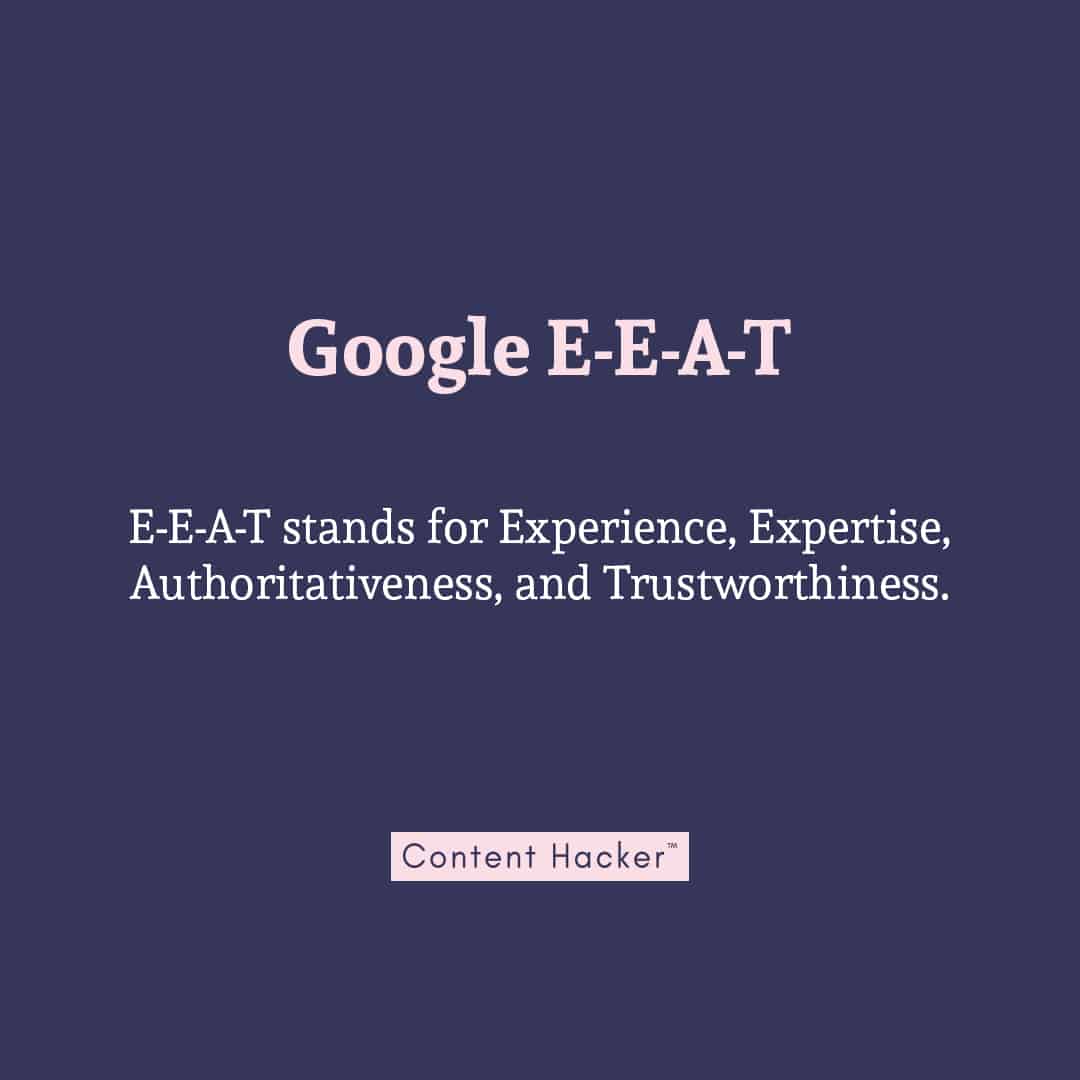AI content detection has become a crucial aspect in the world of digital marketing and communication.
Why?
The evolution of artificial intelligence (AI) has made it increasingly difficult to tell the difference between human- and AI-generated content.
According to a recent Tooltester survey of over 1,900 Americans, over 53% couldn’t accurately differentiate between ChatGPT output vs. human writing.
And, when attempting to identify content created with GPT-4, 63.5% couldn’t tell a bot wrote it. 👀

Another Stanford study corroborates the above findings and says people can only tell when content is AI-written about half the time.
What all this really means is that AI content is getting darn good at appearing human.
That’s why AI content detector tools have stepped into the limelight — we need help identifying human vs. AI content, especially in instances where people are using AI to cheat or fool others.
The problem?
AI detectors (like GPTZero and OpenAI’s Classifier) are flawed and often dead wrong. ❌
That’s because they rely on imperfect science to determine whether a text is AI-created.
So, that begs the question: Do you actually need these tools?
In this blog post and video, we’ll delve into AI detection — the good and the bad — and its implications for businesses. Stay tuned for an insightful journey into the world of AI content detection!
Table of Contents:
- Watch Me Discuss the Truth About AI Content Detection
- The Flaws of AI Detection
- The Evolution of Artificial Intelligence So Good, We Can’t Detect It
- Should You Use AI Detectors? Look to Google’s Stance on Human vs. AI Content for a Hint
- FAQs: AI Content Detection
- AI Content Detection Is Imperfect — Use with Care
Watch Me Discuss the Truth About AI Content Detection
The Flaws of AI Detection
Despite their advancements, AI detection tools can still lead to inaccurate results and false positives.
For instance, a student was falsely accused of cheating on his history exam due to an unreliable AI content detector.
This highlights the limitations and potential harm caused by relying solely on these technologies for detecting human vs. AI-generated content.
Here are some other common instances when AI detection fails:
- Social media moderation: Popular platforms like Facebook and Twitter use AI-powered software to detect inappropriate or harmful content. However, this technology often flags innocent posts as violations while allowing malicious ones to slip through.
- Educational institutions: Many schools use plagiarism checkers that rely on machine learning algorithms to identify copied work. Unfortunately, these systems sometimes misidentify original writing as plagiarized material – leading to unwarranted accusations against students.
- Hiring processes: Companies increasingly employ natural language processing (NLP) tools during recruitment efforts; however, these may inadvertently discriminate against certain applicants if they don’t recognize specific dialects or cultural nuances within submitted documents.
Why Do AI Content Detectors Often Return Inaccurate Results?
Ironically, AI tools detect AI content through AI. 🫠
Still with me?
It’s a probability game. These AI tools look at the content and determine whether another AI wrote it based on the amount of text that follows specific patterns.
So, why do these AI content detection tools fail?
- Lack of training data: For good classifiers, AIs require extensive training data to analyze text accurately. Insufficient or biased datasets can lead to poor detection performance.
- Language model limitations: AI-generated content has become increasingly sophisticated, making it difficult for detectors to distinguish between human-written and machine-generated text. As AI writing tools like GPT-3 continue to improve, the challenge of detecting AI-written text will only grow more complex.
- Evolving techniques: As AI writers learn from their mistakes and adapt new strategies, they may outpace the ability of detection algorithms – requiring constant updates and refinements in response.
In light of these challenges, we need to strike a balance between leveraging powerful AI tools while also recognizing their potential flaws.

By combining artificial intelligence with human expertise, your business can harness the benefits of both worlds: using technology for efficiency without sacrificing accuracy or the unique human touch. 🎇
The flaws inherent in AI detection show the importance of understanding how people can use and misuse AI. That means it’s critical to ponder the advancement of AI and its consequences for our businesses in the present.
The Evolution of Artificial Intelligence So Good, We Can’t Detect It
As technology advances, so does the capability of artificial intelligence models like GPT-4, which is believed to be showing signs of becoming AGI (Artificial General Intelligence).
These advanced models can solve complex tasks across various fields such as mathematics, coding, law, medicine, psychology, and marketing – making it increasingly difficult for humans or even other algorithms to distinguish between human-written and machine-generated text.
How Modern-Day AIs Mimic Human Writing Styles
Modern AI writing tools leverage natural language processing (NLP) techniques to analyze vast amounts of training data from human-written content.
By doing so, they learn patterns in grammar usage and vocabulary choice while also understanding the context within sentences. This enables them to produce high-quality content that closely resembles the style and tone used by a human writer.
The sophistication of these AI-generated texts makes it challenging for traditional plagiarism checkers or even skilled editors to detect whether a piece was written by a person or an algorithm.
The Impact of Evolving AIs on Industries
AI is changing the game for industries across the board. Here are just a few examples:
- Marketing: With access to powerful AI-powered software, marketers can now scale their content production efforts without sacrificing quality. Businesses of all sizes are now able to vie for a spot in the rapidly expanding digital arena.
- Education: AI-generated content can be used to create personalized learning materials for students, allowing educators to cater to individual needs and preferences. However, this also raises concerns about the potential misuse of these technologies for cheating or plagiarism.
- Journalism: News organizations are increasingly using AI tools like automated reporting systems, which generate news articles based on structured data inputs such as financial reports or sports scores. This allows journalists to focus on more complex stories that require human insight and analysis.
The growing prevalence of advanced AI models has sparked a need for improved detection methods that can accurately differentiate between human-written text and machine-generated content.
In recent months, we have seen a surge in AI content detection tools such as OpenAI’s Classifier, GPTZero, and my favorite, Content at Scale’s AI Detector.

Content at Scale’s AI Detector

OpenAI’s Classifier
Lastly, it’s crucial to understand that these tools are imperfect — they can’t accurately detect AI content 100% of the time.
So, until the technology improves, we can use them, but we need to do that with a huge grain of salt.
Should You Use AI Detectors? Look to Google’s Stance on Human vs. AI Content for a Hint
With Google’s stance on human vs. AI content becoming increasingly important for SEO rankings, it is essential to understand the nuances of these guidelines to maximize your visibility and success online.
Contrary to popular belief, Google doesn’t discriminate against content based on its source (AI or human? Doesn’t matter. 🙅♀️)
That means it’s okay if Google detects that an AI wrote your content.
Well-crafted AI-generated content has the potential to rank just as effectively as human-created content, thus emphasizing that Google cares more about quality rather than how it was produced.
So, if you want to skip out on using AI detection tools, that’s okay, too — and I don’t blame you one bit.
Follow the E-E-A-T Guidelines for Better Rankings for Both AI and Human-Created Content
Regardless of what you used to create your content, to rank well in search engines like Google, your website’s content must adhere to certain standards.
The E-E-A-T guidelines (Experience, Expertise, Authoritativeness, and Trustworthiness) are one set of these standards. Both Google’s algorithms and human reviewers consider these criteria when assessing your content’s worth.

That’s true whether an AI wrote the first draft or a human writer slaved over it.
- Expertise: Your content should demonstrate expertise in its subject matter. This means providing accurate information backed up with credible sources and references.
- Authoritativeness: The author(s) behind your website should be recognized experts in their field(s), with relevant credentials or experience. This can be demonstrated through professional affiliations, publications, awards, etc.
- Trustworthiness: Your website should be a reliable source of information, with clear and transparent policies regarding content creation, editorial guidelines, and data privacy. This also includes having secure connections (HTTPS) and avoiding deceptive practices such as clickbait or misleading headlines.
By adhering to these guidelines, you’ll ensure your content is more likely to rank well in search engine results pages (SERPs), no matter who — or what — wrote it. 👀
An AI writing tool I trust implicitly for great content is Content at Scale. It produces long-form, 2,000+-word SEO blogs in minutes. With minimal edits, it’s full of E-E-A-T, too. Use my link to get 20% extra credits when you sign up.
FAQs: AI Content Detection
Do AI Content Detectors Really Work?
AI content detectors can be effective at identifying and analyzing patterns within text.
However, they are NOT foolproof and may produce false positives or negatives due to evolving AI writing styles and limitations in understanding context. It’s essential to combine these tools with human expertise for accurate results.
What Makes AI Content Detectable?
AI-generated content can often be detected through certain linguistic patterns, repetitive phrases, or inconsistencies that deviate from natural human language. Advanced algorithms analyze these features to determine if the text was generated by an artificial intelligence system.
Which is the Best AI Content Detector?
There isn’t a definitive “best” AI content detector as their effectiveness varies depending on factors like algorithm sophistication and updates.
My favorite tool is Content at Scale’s AI Detector, but it’s important to research different tools before selecting one that meets your needs.
How Can AI Text Be Detected?
Detecting AI-generated text involves using specialized software that analyzes linguistic patterns, consistency of tone, repetition of phrases, and other anomalies within the written material. These tools compare inputted texts against known human-written samples to identify potential signs of artificial generation.
AI Content Detection Is Imperfect — Use with Care
AI detection tech has made great strides recently, but it’s still imperfect.
Inaccurate results can lead to false accusations and other issues that can impact both individuals and businesses.
Even further, as long as you strive to produce high-quality content primarily for human users, Google doesn’t care whether your content is AI-generated.
So, using these detection tools is totally up to you.
In some instances, running your AI content through them can help you make edits for readability.
In others, the tool will give you an inaccurate result that throws you for a loop. 🤪
Again, grain of salt. 🧂
Want to know the best way to ensure all of the content you publish is high-quality and Google-approved?
Get a smart content marketing strategy that ties into your business goals.
Don’t know how to do that? Want to learn how to use content strategy to skyrocket your growth to the moon? 🌛
I teach that in the Content Transformation System, my 12-month mentorship program.
You’ll learn foundational business skills, strategies, and systems (plus a winning content marketing strategy) that will take you where you want to go. 🚀
Ready to find out more? Watch my free training to see how it works.
OR, you can apply now if you’re ready to get going.
See you inside!








